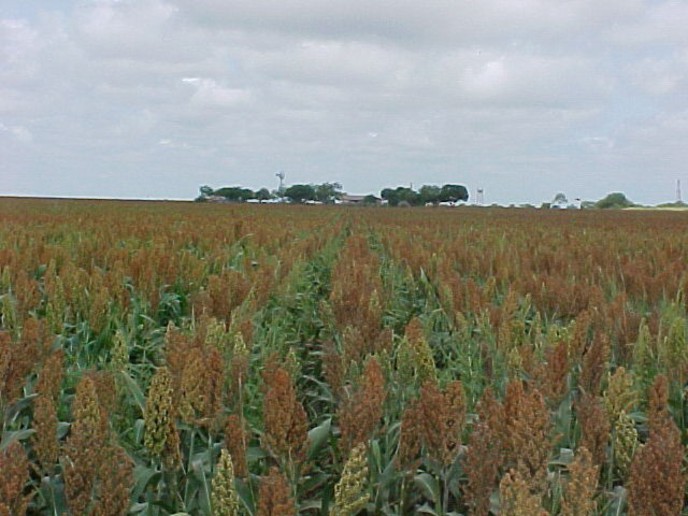Crazy Horse
Well-known Member
This summer, a strange crop started growing in our back garden underneath a bird feeder. Grew like crazy all summer, dry area, dry as a bone and no watering and hardly any rain in that corner. Produced big seed heads with tiny 1mm grain seeds. Finally found out what it was ..... Milo or Sorghum .... interesting crop, sounds like it grows pretty much anywhere and thrives in dry conditions and requires almost no fertilizer. Any of this stuff grown in your area or maybe you grow some yourself? The link below says lots grown in the US and other places in the world, not sure about Canada.
Milo Commercial Sorghum
Milo Commercial Sorghum


